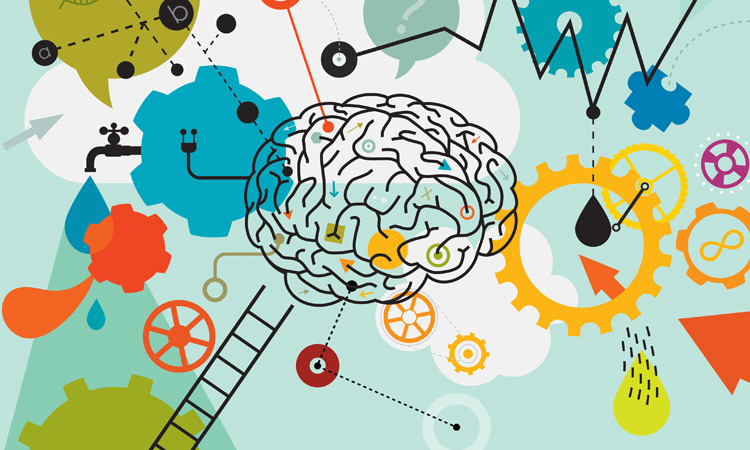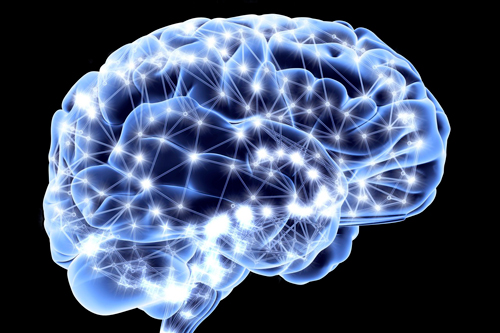 The world of identity theory is thorny. Based on independent philosophical questions about what makes an individual a person (versus what makes a human a conscious living thing), there’s no simple consensus about just what, exactly, defines personal identity.
The world of identity theory is thorny. Based on independent philosophical questions about what makes an individual a person (versus what makes a human a conscious living thing), there’s no simple consensus about just what, exactly, defines personal identity.
When I want a solid process to envision how we know who we are my favorite source is Erik Erikson, the famous developmental psychologist and author of Identity: Youth and Crisis, in which he writes that, “… in psychological terms, identity formation employs a process of simultaneous reflection and observation, a process taking place on all levels of mental functioning, by which the individual judges himself in the light of what he perceives to be the way in which others judge him in comparison to themselves…. This process is… for the most part unconscious…”
In other words, we know who we are because of how we judge ourselves according to the way in which we think others perceive and judge us—and all of this happens, mostly, without our awareness. Erikson also asserts that “self-identity [sic] emerges from experiences in which temporarily confused selves are successfully reintegrated in an ensemble of roles which also secure social recognition.”
At the bottom of identity, then, is an essence of self-unity rooted in social context. In order for such a structure to cohere over time one must remember the observations and reflections, plus the social standards. Memories give the identity formation process meaning and continuity. Without memories—or in the presence of manipulated memories—developing a solid and dependable sense of self would be challenging, which is why recent advances in neuroscience in the realm of false memory creation have disturbing implications.
At MIT Xu Liu and Steve Ramirez have busted open the field of memory formation research. In an article in Nature they explain, “A specific memory is thought to be encoded by a sparse population of neurons. These neurons can be tagged during learning for subsequent identification and manipulation.”
Working with genetically engineered mice the scientists injected the dentate gyrus (a part of the hippocampus well documented in its role in memory formation) with a biochemical concoction that contained a gene for a light-sensitive protein. Dentate gyrus cells active in the memory formation process produce the specific protein, thereby becoming light-sensitive. The plan was that after the mouse encoded a memory and that memory could be reactivated by stimulating the light-sensitive cells with a laser.
Next, researchers allowed the genetically mutant mouse to explore a box for 12 minutes, forming a memory of this harmless experience in an engram (clusters of neurons that store individual memories). The following day the mouse entered a different box where its memory of the first (safe) box was triggered through a process of shooting a laser into the dentate gyrus. At the moment of memory activation researchers shocked the mouse’s foot. The following (third) day the mouse was placed again in the original safe box. Instead of comfortably exploring, however, the mouse froze in fear. While it had never received a shock in this particular box the false memory prevailed.
In a Smithsonian interview Ramirez remarked, “Because the proof of principle is there that we can artificially reactivate memories and create false memories in animals the only leap left between there and humans is just technological innovation.” For obvious reasons there are many psychiatric conditions that could imagine a positive benefit to memory manipulation. Anxiety disorders, for example, could see a reduction in fear if false memories of safety were created.
What gets lost, however, when a third party manipulates our memories?
Notoriously fluid, memories alter every time we activate, unpack, examine and repack them. In fact, psychotherapy frequently uses this process to create change in self-perception, meaning and understanding. What’s disturbing about applying the use of memory manipulation through the scientific paradigm is how easily the process divorces the will and participation of the individual.
Part of how we grow and self-define (and the way we learn how to let go and find inner peace) comes from those experiences that create memories of how we ourselves (not a biochemical solution and a laser) generate experiences that bring change. We learn and integrate ourselves precisely because we are active in the memory formation process. Instead, creating false memories reduces us to a passive role, one that provides little in the way of choice, action, reaction, ownership and self-created experiential learning.
Taken to the extreme this scientific advance could lead to a psychological retreat. Better to allow individuals to purposefully create new experiences in the present than tinker with what (did not) happen in the past.
Click here to get inspired by Rose’s easy steps to positively change your mind



1 Comment